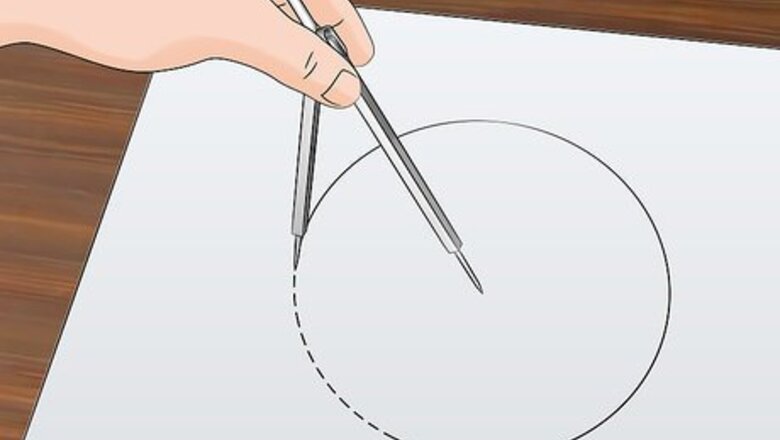
views
- Measure out and draw a set of crossed lines inside of a circle to pinpoint the center.
- Sketch two separate sets of overlapping circles to identify the exact center point.
- Draw a square snugly around the circle. Sketch an "X" between all 4 corners of the square to find the circle's center.
Drawing Crossed Lines
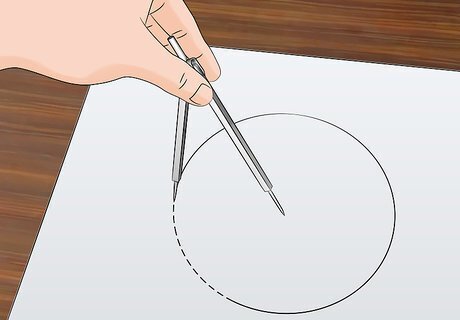
Draw a circle. Use a compass, or trace any circular object. The size of the circle does not matter. If you're finding the center of an existing circle, then you don't need to draw a new circle. A geometry compass is a tool specifically designed to draw and measure circles. Buy one in a school or office supply store!
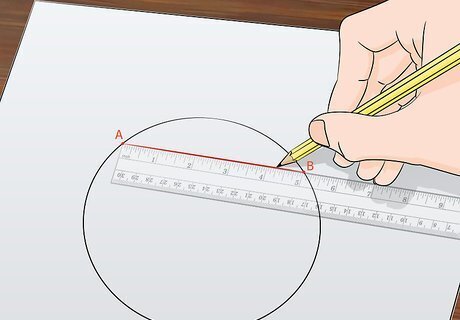
Sketch a chord between two points. A chord is a straight line segment that links any two points along the edge of a curve. Name the chord AB. Consider using a pencil to sketch your lines. This way, you can erase the marks once you've found the center. Draw with a light touch so that it'll be easier to erase.
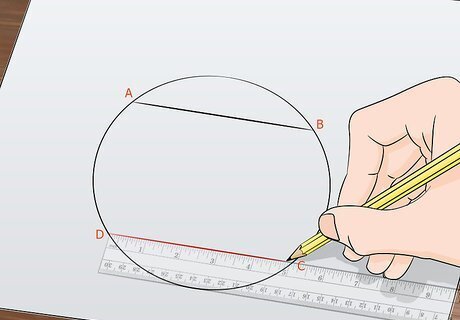
Draw a second chord. This line should be parallel and equal in length to the first chord that you drew. Name this new chord CD.
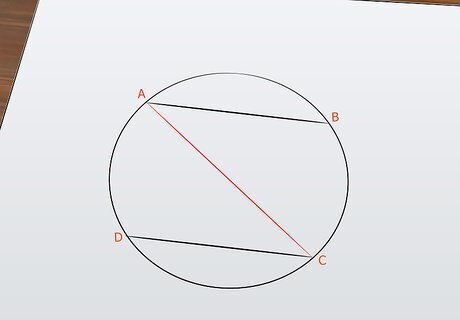
Make another line between A and C. This third chord (AC) should stretch through the center of the circle – but you will need to draw one more line to find the exact center point.

Join B and D. Draw one final chord (BD) across the circle between Point B and Point D. This new line should cross over the third chord (AC) that you drew.
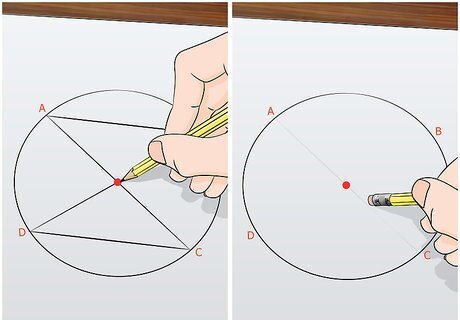
Find the center. If you have drawn straight and accurate lines, then the center of the circle lies at the intersection of the crossed lines AC and BD. Mark the center point with a pen or pencil. If you only want the center point marked, then erase the four chords that you drew.
Using Overlapping Circles
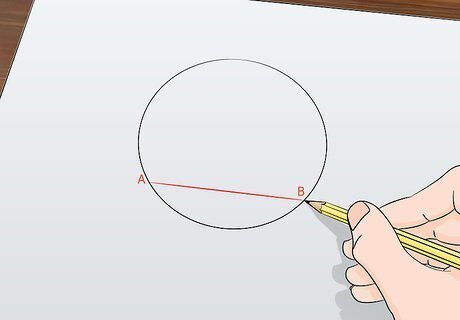
Draw a chord between two points. Use a ruler or straightedge to draw a straight line inside the circle, from one edge to another. The points that you use don't matter. Label the two points A and B.
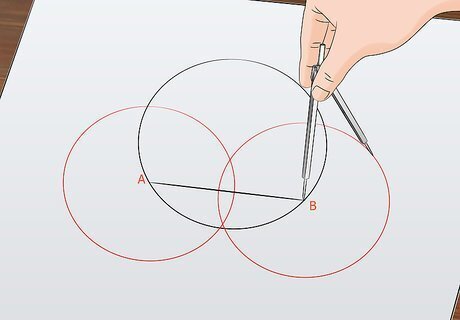
Use a compass to draw two overlapping circles. The circles should be the exact same size. Make A the center of one circle, and B the center of the other. Space the two circles so that they overlap like a Venn diagram. Draw these circles in pencil, not pen. The process will be simpler if you are able to erase these circles later on.

Draw a vertical line through the two points at which the circles intersect. There will be a point at the top and a point at the bottom of the "Venn diagram" space created between the overlap of the circles. Use a ruler to make sure that the line protrudes straight through these points. Finally, label the two points (C and D) at which this new line crosses the rim of the original circle. This line marks the diameter of the original circle.

Erase the two overlapping circles. This should clear up your work space for the next step of the process. Now, you should have a circle with two perpendicular lines running through it. Do not erase the center points (A and B) of these circles! You will be drawing two new circles.
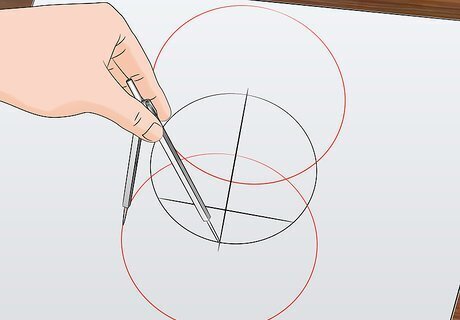
Sketch two new circles. Use your compass to draw two equal circles: one with the point C at its center, and one with the point D. These circles, too, should overlap like a Venn diagram. Remember: C and D are the points at which the vertical line intersects the main circle.
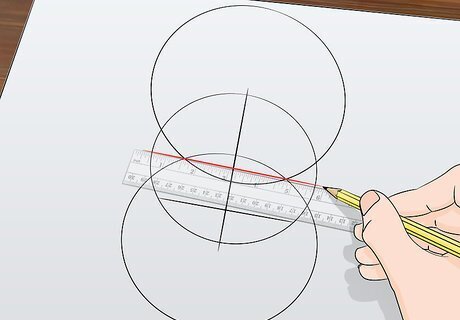
Draw a line through the points at which these new circles intersect. This straight, horizontal line should cut through the overlap space of the two new circles. This line is the second diameter of your original circle, and it should be exactly perpendicular to the first diameter line.
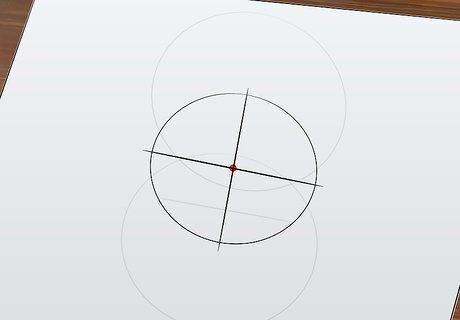
Find the center. The intersection point of the two straight diameter lines is the exact center of the circle! Mark this center point for reference. If you want to clean up the page, feel free to erase the diameter lines and the non-original circles.
Using a Straightedge and a Triangular Ruler

Draw two straight, intersecting tangent lines onto the circle. The lines can be completely random. However, the process will be easier if you make them roughly square or rectangular.
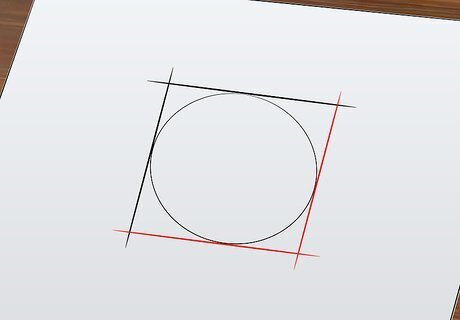
Translate both of the lines to the other side of the circle. You will end up with four tangent lines forming a parallelogram or a rough rectangle.
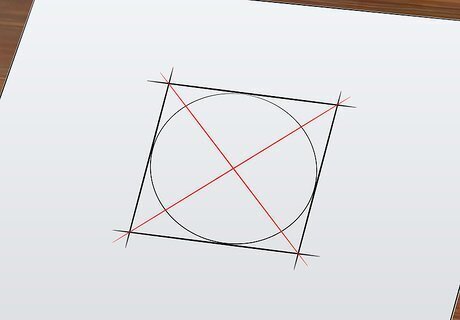
Draw the diagonals of the parallelogram. The point where these diagonal lines intersect is the circle's center.
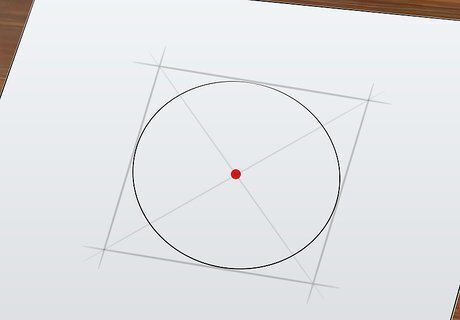
Check the accuracy of the center with a compass. The center should be on target as long as you didn't slip while translating the lines or when drawing the diagonals. Feel free to erase the parallelogram and diagonal lines.


















Comments
0 comment